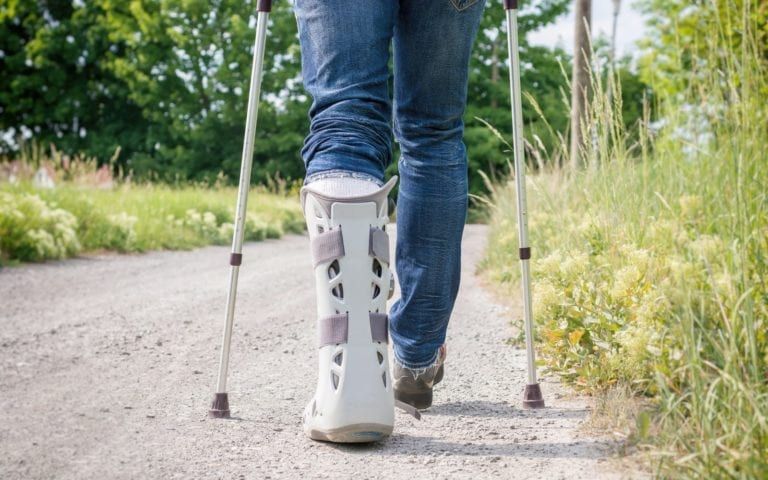Why Conservative Treatment Works For Achilles Tendon Ruptures

Known as the largest tendon in the body, the Achilles tendon works to provide ample amounts of support and withstand stresses while walking and running. However, ruptures in the tendon can happen, and the tendon fibers’ tearing can cause immense amounts of pain that prevent the leg from functioning normally. This thick, fibrous tissue can break partially or completely, and the immediate sharp pain that occurs often requires treatment and care for it to heal. Treating Achilles tendon ruptures requires a significant amount of time, rest, and care. Still, orthopedic specialists can often provide both surgical and non-surgical treatments to help assist in the healing process. Typically in response to these injuries, conservative treatment is preferred by orthopedists.
Why Conservative Treatment Is Preferred
Due to aging, obesity, and increased participation in sports, a ruptured Achilles tendon becomes one of the most common injuries to the feet and ankles. However, there is an intense controversy surrounding how healthcare professionals treat these types of injuries among orthopedics. The debate over treatment stems from the risks of surgical complications and the high rate of re-ruptures after healing. However, for orthopedists, the prospects of conservative treatment have risen due to more successful results. According to Clinics in Orthopedic Surgery, the consensus for conservative treatment being a preferable option comes from one form of treatment: functional rehabilitation.
Functional rehabilitation works to reduce re-rupture rates through motion exercises, weight lifts, and other forms of exercises to encourage tendon strength and recovery. These methods have been shown to provide more substantial healing when compared to methods such as operative surgery and immobilization by casts. Long periods of immobilization from an Achilles tendon rupture can often cause calf muscle weakness, and operative surgery performed on the Achilles tendon can increase the risk of infection and its risk of re-ruptures due to the drastic changes that the tendon goes through during the healing process. Ultimately, infections and re-ruptures can also lead to chronic degeneration of the Achilles tendon, creating an unhealthy scenario that greatly affects.
How To Tell If You Need Achilles Tendon Rehabilitation
Rehabilitation can be an excellent form of treatment for an Achilles tendon rupture because the first six months of healing provides the muscles and tendons with the exercise and movement needed to promote better strength and healing over time.
- Acute: For patients with acute Achilles tendon ruptures, it’s best to avoid surgery due to the minimal injury produced. Rehabilitation methods that include casts and weight lifting can allow the tendon to heal naturally and give it room to heal while immobilized.
- Moderate: Moderate Achilles tendon often ruptures present mixed cases, where surgery or rehabilitation may be appropriate in that scenario. Speak with your orthopedists if you believe you may have a moderate Achilles tendon injury.
- Severe: Severe injuries to the Achilles tendon often require a combination of operatory measures and rehabilitation options, where long periods of immobilization may be required to allow the Achilles tendon to heal naturally.
Before assessing your injuries, it’s essential to speak with your orthopedic specialist to help diagnose and manage your Achilles tendon rupture, as scheduling an appointment as soon as possible can help reduce the risk of further injury.


Recent Comments